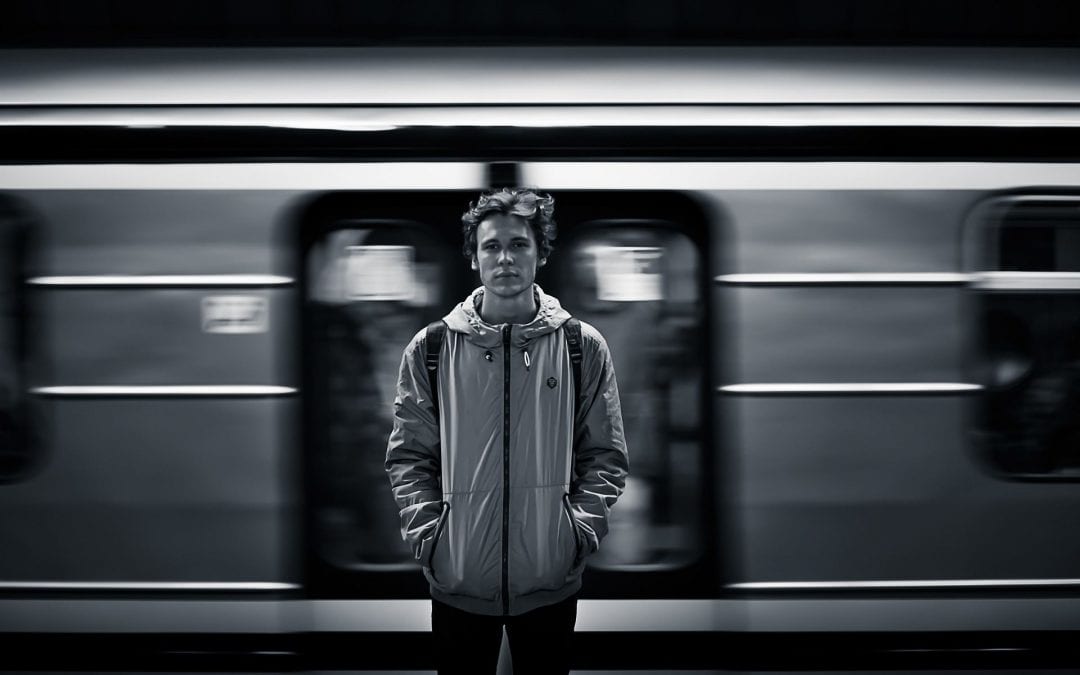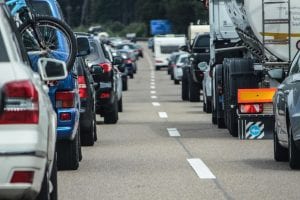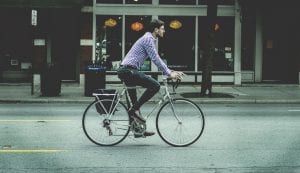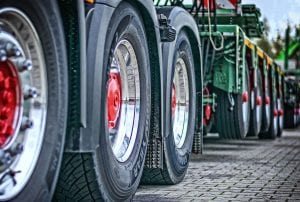By Jess Berentson-Shaw –
With the return of our evidence-driven Associate Minister for Transport Julie Anne Genter to Wellington it is timely to explore why transport is an area in which the evidence is so routinely ignored, even though implementation of what we know in policy would enormously improve so many New Zealander’s quality of life, writes Jess Berentson-Shaw.
There is an issue that a noisy few have captured, many have ignored, and has been siloed for too long. Most of us are unaware of how critical it is to our everyday wellbeing, and our future. It is transport.
Those that attended the TRAFINZ conference know that transport is one of the most critical factors in our wellbeing. That it is time to get real about reforming our transport system and radically improve our lives.
The journeys we take to get to work, get our children to school, do our domestic work, move goods, provide services, must be made better by policymakers and planners.
These journeys need do more than leave us alive, they must improve our lives. Our transport system should bring us into contact with people in positive ways. It should give us better physical and mental health. It should ensure creative and innovative sustainable transport has space to develop and thrive. It should contribute to sustainable and inclusive communities. The evidence says it can do all this and more.
Yet experts are struggling to move people who make transport decisions. Move them from a system that preferences the short-term desires of a small group of people and businesses to one focused on the wellbeing of all people over the long term.
What does the evidence say?
Associate Professor Jeremy Woolley is the Director of the Centre for Automotive Safety Research at University of Adelaide. He knows about cars and roads, and people. He told the TRAFINZ audience that if New Zealand was to lower its open road limit on roads with no median barriers to 80km an hour, we would immediately prevent the deaths of hundreds of mums, brothers, children, fathers, friends.
It was a message Dave Cliff, the CEO of Global Road Safety Partnership, heard loud and clear. At the final conference panel he was fired up. How can we act and stop people killing others and themselves right now on the open roads outside of our main cities?
By the same token eighty percent of us live in urban centres. We are heavily reliant on inefficient and dangerous ways to travel about them – mainly in cars. Researchers are very clear on the real benefits of people in government investing in large scale public transport and walking and cycling infrastructure. People would be healthier, our air would be easy to breath, and we would travel more efficiently. We would lower carbon emissions and help manage the worst effects of climate change. Yet, policymakers are struggling to make it happen at the scale and speed we need.
The final conference panel discussed how to overcome the inertia (and active rejection by some) about the evidence. Should people in government simply change policy and force people into a cultural change about transport? Or should they focus on engaging communities?
Change does not happen unless people do both. Politicians will not act to put in place the changes required without the “public mandate” to do so. While those most ignored or harmed in the current transport systems cannot get that message to politicians unless people empower them to be part of the decision making process.
We have a system dominated by the desires of a few and we need to stop privileging them
When we turn on a tap at home we all expect clean drinking water to come from it. Without clean drinking water the harm to society is massive. The contamination of Havelock North’s drinking water supply showed us that. Many spent days at home or in hospital with water borne illnesses. Some people died.
There are many people in cars and on motorbikes in this country who have grown up thinking it is an immutable right to drive on an open road at fast speeds.
Our transport system is like a drinking water system – it needs to work for everyone’s wellbeing. Yet we accept one that provides all the benefits to a few, prioritises one type of transport, and is contaminated for everyone as a result.
Consider that in Auckland, transport related injuries and deaths occur at three times the rate for people living in the poorest areas. Pākehā/European and Asian people have a transport system that keeps them significantly safer than Māori and Pacific people.
But whose needs get listened to?
Jeremy Woolley told a story from his time travelling around rural Australia. He was there to talk to people about the evidence on reducing car deaths by reducing speed. He said it was pretty eye-opening. He heard a lot of loud voices (and not in a good way). But he said an interesting thing happened at the end of each session. Many women came up after and said “I could not saying anything in that meeting, but we 100 percent support the lowering of the speed limit.”
There are many people in cars and on motorbikes in this country who have grown up thinking it is an immutable right to drive on an open road at fast speeds. While there are vocal people in our media who keep telling us they believe cycling infrastructure is not important. Many business people also keep telling us that the impact of shifting to more sustainable transport options would be a “killer” to their profits. Yet the current system is a killer of people, of community, and of environmental health. The impact of this on all of us cannot be ignored in favour of the short-term fears of a few.
So how do we get a transport system that is inclusive?
Where to start?
We can start by building a concrete vision for transport based on what matters to most people. A vision shared by those who care about urban infrastructure and cycling, those who care about their partners and sons dying on rural roads, those communities in low income areas who want their children to be independent, and those in business who believe that businesses can and have to be more sustainable in transport. A positive vision based on how our transport system and urban structures can enrich all our lives.
We also need a radical rethink of what listening and inclusion means in transport and planning.
Time to move past “consultation”, which is ripe for capture by those with a self-interest lens, resources, and time. There is plenty of evidence available on how to work in partnership with people to make decisions that affect the collective. For example there are a multitude of deliberative democracy processes and co-design methods used overseas by central and local policy makers and planners.
We need to measure the problem properly.
The lack of publicly available data on who is employed by transport related agencies, how different groups use and need a transport system to work for their particular ways of living, and who is most harmed in the transport system is troubling for such a huge public service. Without knowing the scale of the problem, who is missing from organisations’ ranks, and who is being best and worst served, how are transport organisations practicing really diversity and inclusion through their funding, employment and engagement processes and decisions?
Transport is a collective issue, New Zealand’s transport system can work for all of us. It is time for policymakers and planners to take some confident steps on the road of following the evidence for collective benefit.
Republished with permission from newsroom. Originally published 4 December 2018.
Dr Jess Berentson-Shaw is Co-Director of The Workshop and a Research Associate at the Public Policy Institute.





